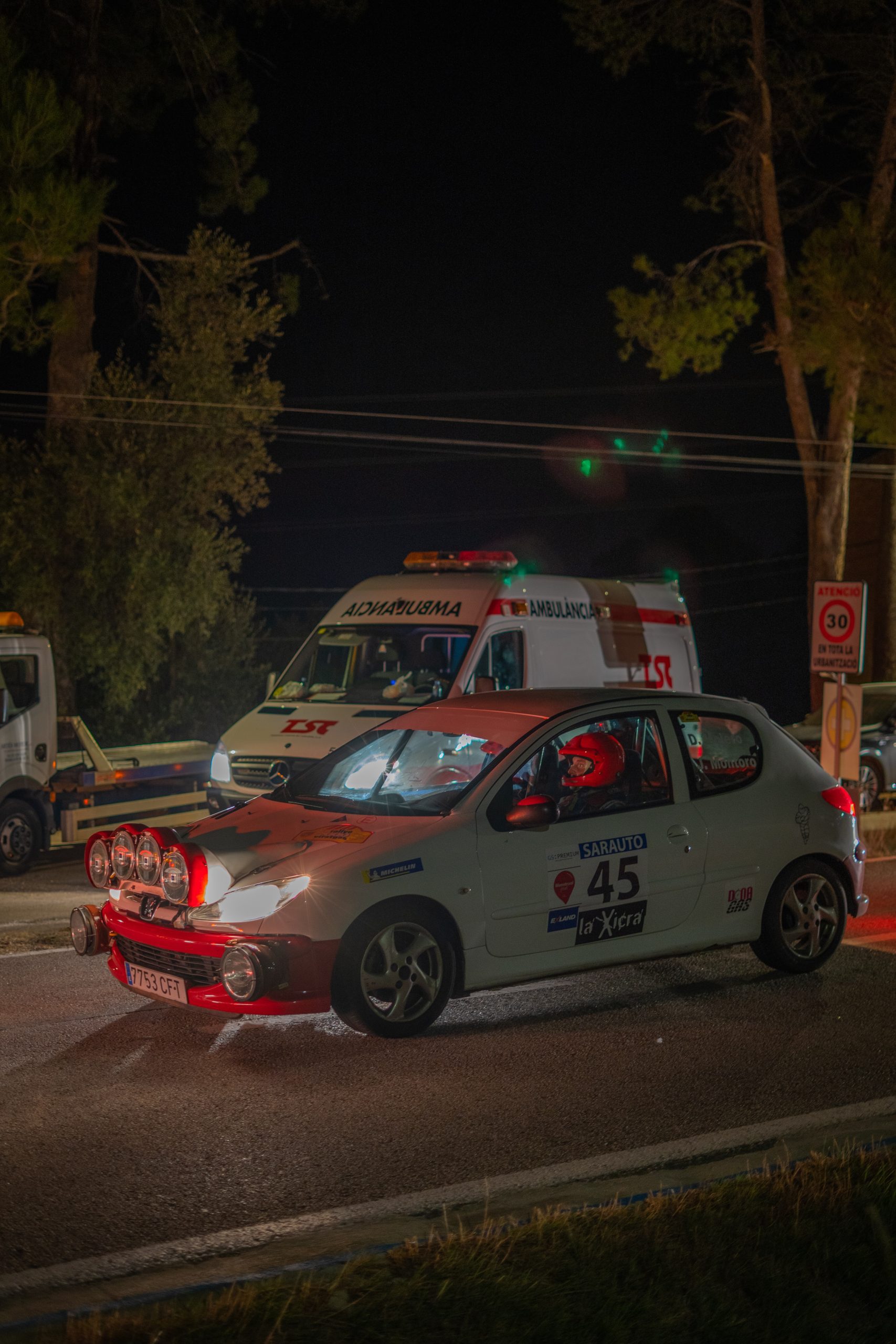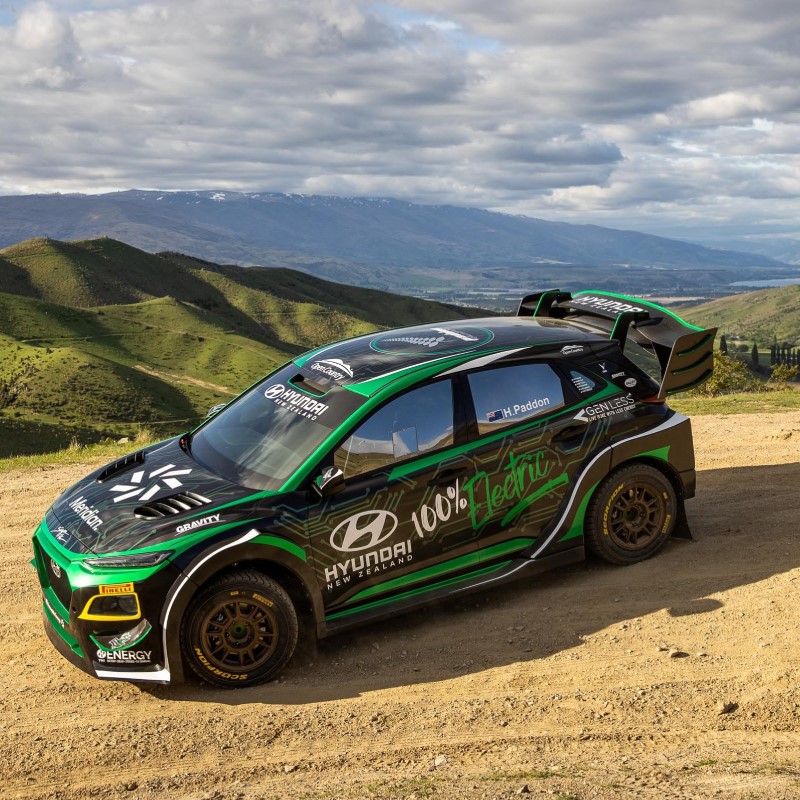What is Rally Racing?
It was only ten years from the time the first automobile was produced until the first auto race was held. In order to test the performance of vehicles and to publicize the safety and reliability of using cars, automobile manufacturers actively financed the races to market their products, which was the original purpose of rally races.
The Thrill of Rally Racing
Rally racing provides a unique motorsport thrill. Unpredictable surfaces, high-speeds, and intense concentration challenge drivers and machines. Events worldwide over gravel, snow, tarmac, and dirt terrain make rally an extremely demanding discipline. Let’s examine why fans and drivers alike become obsessed with the challenge of mastering rally.
Pushing the Limits on Any Surface
Rally competitions take place on closed public roads and pathways of all types. Courses range from narrow forest trails to wide open desert tracks. Snow, ice, gravel, mud, and asphalt frequently feature along a single stage.
Teams must optimize their cars for traction and control across surfaces with wildly varying grip. Suspension travel increases to cope with ruts, jumps, and bumps. Aerodynamics assist stability during long high-speed runs. Light weight improves responsiveness.
Drivers must remain hyper focused to stay on the knife edge of control. Subtle steering and throttle adjustments keep cars from understeering off course or spinning out. The loose surface dynamics demand complete precision at all times.
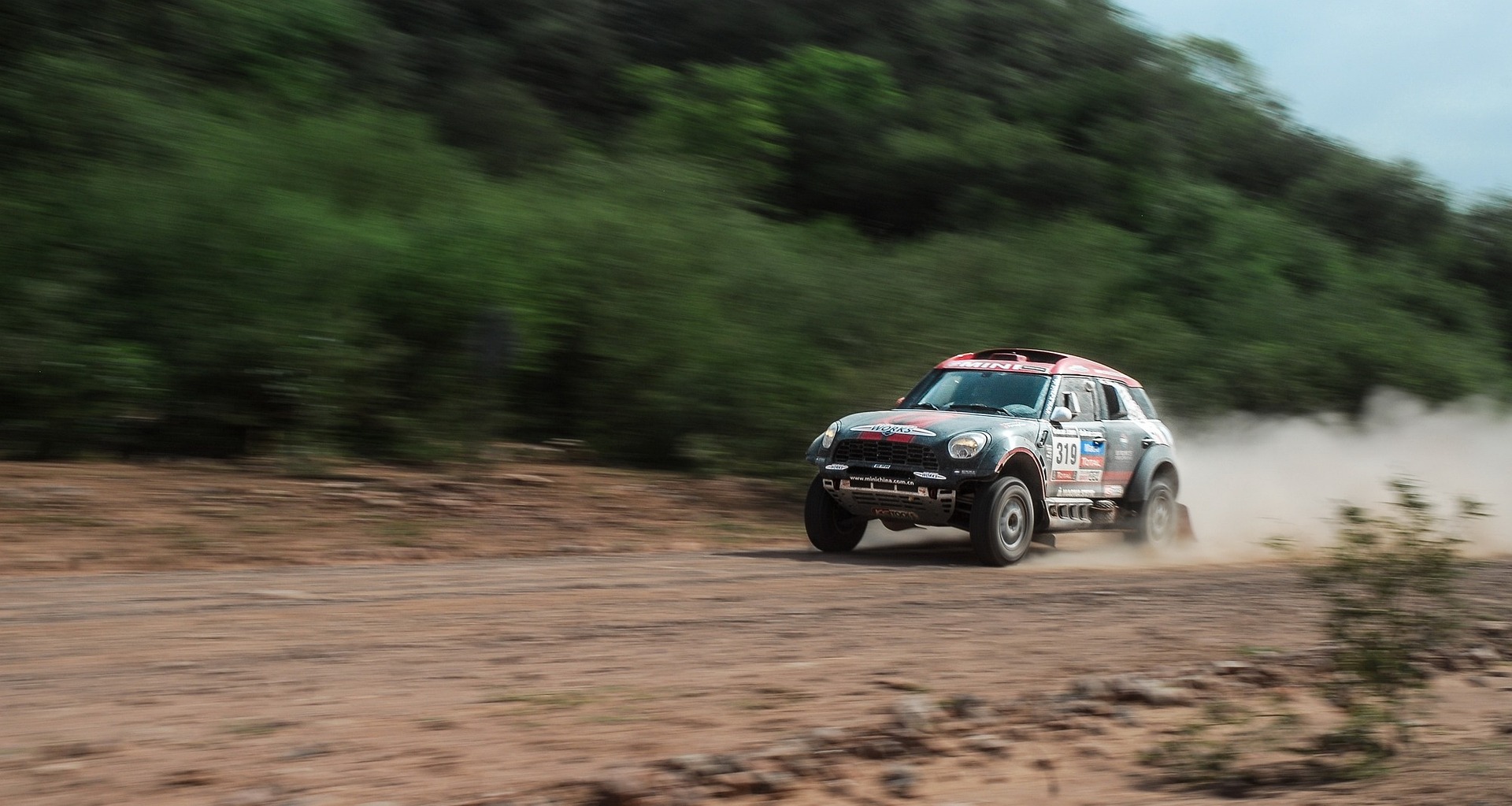
Combining Raw Speed With Agility
Champions balance delicate car control with outright speed. They push to the limit while adjusting to road camber, surface changes, and trail features ahead. Precision pacenotes from codrivers enhance focus.
Rally truly tests all aspects of driver capability. Mastering braking, weight transfer, and steering finesse while maintaining speed requires tremendous skill. Victory goes to those who thread the needle at the absolute edge without crossing over.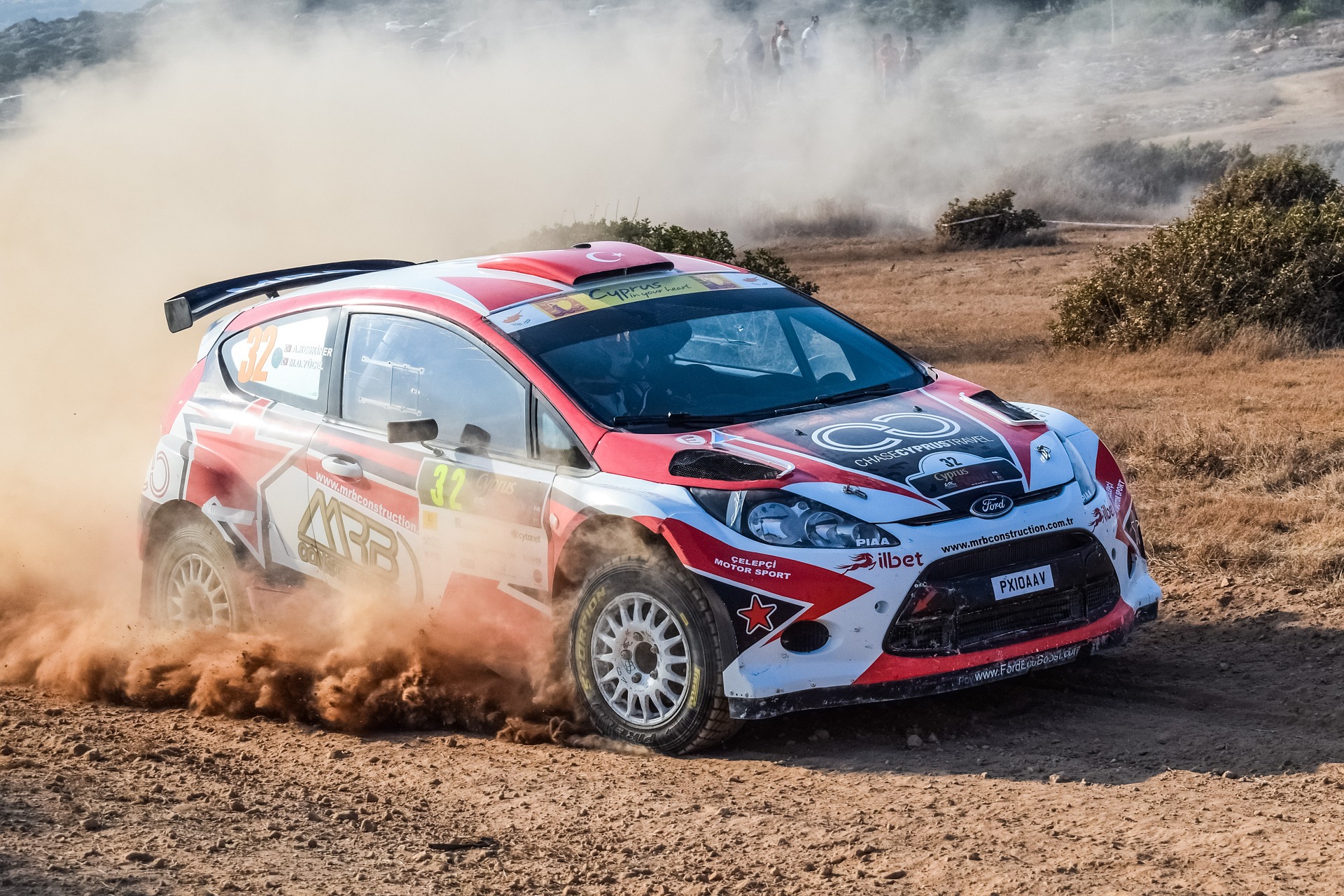
Physical and Mental Endurance
Drivers and cars alike must have deep stamina reserves. Rally stages can stretch over 30 miles, taking 45 minutes to complete. Repeated jumps inflict harsh pounding on suspensions. High cornering forces challenge neck muscles.
Total mental acuity lasts hours on end without rest. Even the slightest lapse in judgment or focus can end with a crash into trees. Both drivers and machines endure incredible stresses during an event.
Teamwork Makes the Dream Work
In rally, no driver is an island. A support team of engineers, strategists, pacenotes codrivers, and mechanics work in unison. They optimize the car, support intelligent driving, and make rapid repairs between stages.
The package of personnel, preparation, machine set-up, and capability combine to achieve results. Victory goes to the team executing best across all areas in chaotic rally conditions.
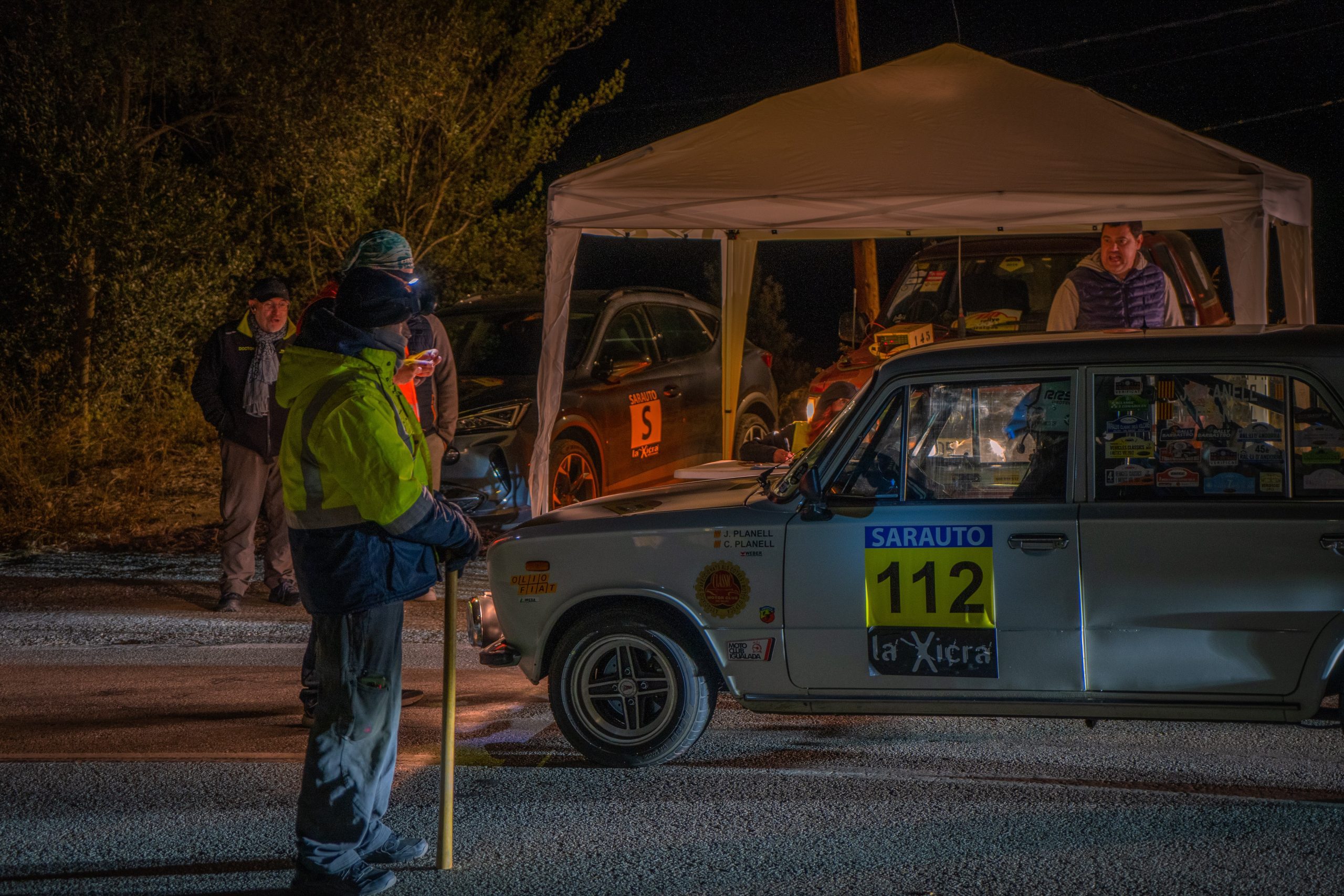
The Origins of Rally Racing
Rally racing originated from real-world motorsports contests between cities in the early 1900s. Drivers navigated undefined open roads at speed as a test of car capability and endurance. This spirit continues today on closed Rally stages.
Events like the grueling Safari Rally in Africa and the frozen Rally Sweden evolved into formal championships. All-wheel drive and high-strung turbo engines allowed elite driver control at extreme speeds. The World Rally Championship began contesting events worldwide in 1973 to crown the top professionals.
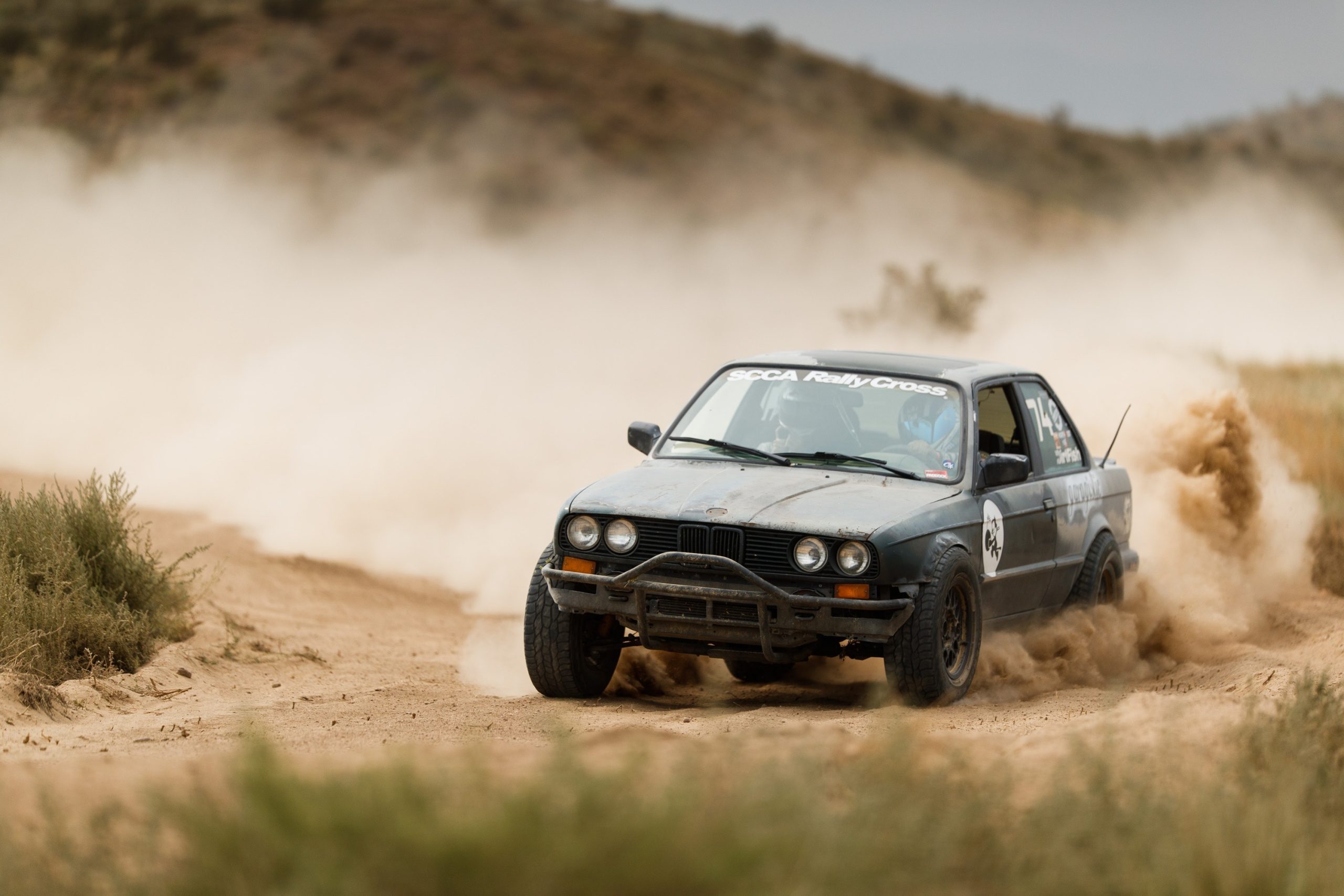
Why We Love Rally Racing
Rally captures motorsport in its basest, most challenging form. It’s man and machine mastering the elements over vast distances at frightening speeds. Victory results from the careful balance of bravery, car setup, concentration, endurance, and team support.
This broad examination of driver skill explains the obsession for competitors and fans alike. Those who love motorsport check rally first to experience it distilled to the pure essence. No other discipline provides such a raw, adrenaline-filled fix.



